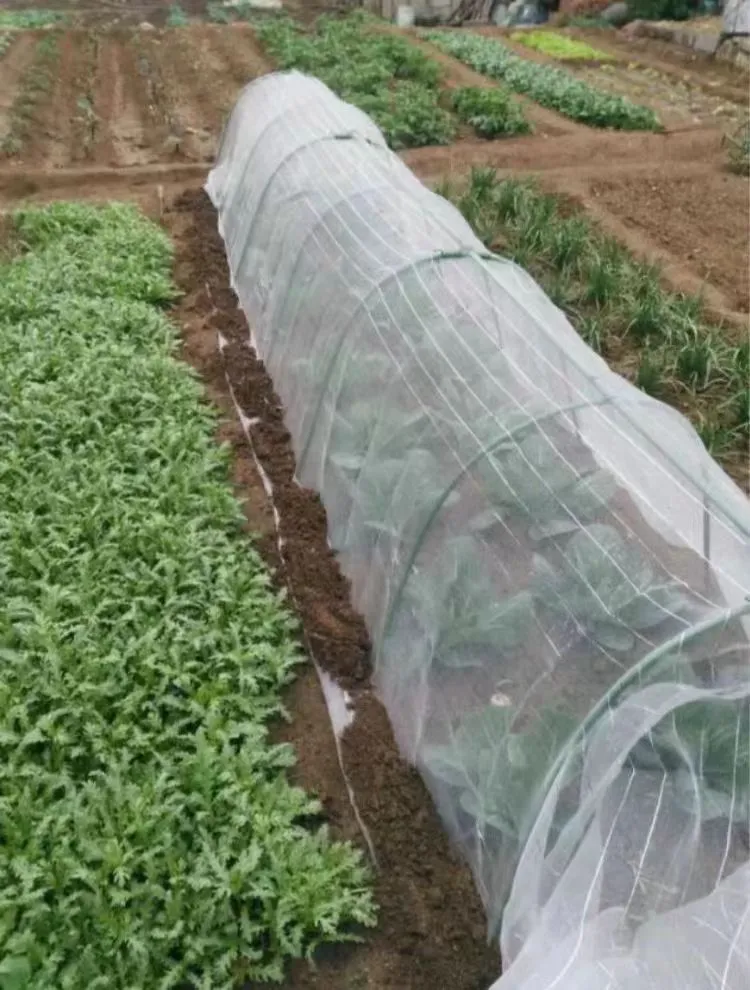-
 Afrikaans
Afrikaans -
 Albanian
Albanian -
 Amharic
Amharic -
 Arabic
Arabic -
 Armenian
Armenian -
 Azerbaijani
Azerbaijani -
 Basque
Basque -
 Belarusian
Belarusian -
 Bengali
Bengali -
 Bosnian
Bosnian -
 Bulgarian
Bulgarian -
 Catalan
Catalan -
 Cebuano
Cebuano -
 China
China -
 Corsican
Corsican -
 Croatian
Croatian -
 Czech
Czech -
 Danish
Danish -
 Dutch
Dutch -
 English
English -
 Esperanto
Esperanto -
 Estonian
Estonian -
 Finnish
Finnish -
 French
French -
 Frisian
Frisian -
 Galician
Galician -
 Georgian
Georgian -
 German
German -
 Greek
Greek -
 Gujarati
Gujarati -
 Haitian Creole
Haitian Creole -
 hausa
hausa -
 hawaiian
hawaiian -
 Hebrew
Hebrew -
 Hindi
Hindi -
 Miao
Miao -
 Hungarian
Hungarian -
 Icelandic
Icelandic -
 igbo
igbo -
 Indonesian
Indonesian -
 irish
irish -
 Italian
Italian -
 Japanese
Japanese -
 Javanese
Javanese -
 Kannada
Kannada -
 kazakh
kazakh -
 Khmer
Khmer -
 Rwandese
Rwandese -
 Korean
Korean -
 Kurdish
Kurdish -
 Kyrgyz
Kyrgyz -
 Lao
Lao -
 Latin
Latin -
 Latvian
Latvian -
 Lithuanian
Lithuanian -
 Luxembourgish
Luxembourgish -
 Macedonian
Macedonian -
 Malgashi
Malgashi -
 Malay
Malay -
 Malayalam
Malayalam -
 Maltese
Maltese -
 Maori
Maori -
 Marathi
Marathi -
 Mongolian
Mongolian -
 Myanmar
Myanmar -
 Nepali
Nepali -
 Norwegian
Norwegian -
 Norwegian
Norwegian -
 Occitan
Occitan -
 Pashto
Pashto -
 Persian
Persian -
 Polish
Polish -
 Portuguese
Portuguese -
 Punjabi
Punjabi -
 Romanian
Romanian -
 Russian
Russian -
 Samoan
Samoan -
 Scottish Gaelic
Scottish Gaelic -
 Serbian
Serbian -
 Sesotho
Sesotho -
 Shona
Shona -
 Sindhi
Sindhi -
 Sinhala
Sinhala -
 Slovak
Slovak -
 Slovenian
Slovenian -
 Somali
Somali -
 Spanish
Spanish -
 Sundanese
Sundanese -
 Swahili
Swahili -
 Swedish
Swedish -
 Tagalog
Tagalog -
 Tajik
Tajik -
 Tamil
Tamil -
 Tatar
Tatar -
 Telugu
Telugu -
 Thai
Thai -
 Turkish
Turkish -
 Turkmen
Turkmen -
 Ukrainian
Ukrainian -
 Urdu
Urdu -
 Uighur
Uighur -
 Uzbek
Uzbek -
 Vietnamese
Vietnamese -
 Welsh
Welsh -
 Bantu
Bantu -
 Yiddish
Yiddish -
 Yoruba
Yoruba -
 Zulu
Zulu
Applications and Benefits of Welded Steel Wire Fabric in Construction and Engineering
The Versatility and Applications of Welded Steel Wire Fabric
Welded steel wire fabric, often referred to as welded wire mesh, is a prefabricated, grid-like structure made from intersecting steel wires that are fused together at their junctions through a process called resistance welding. This robust material has become increasingly popular in construction, manufacturing, and various engineering applications due to its inherent strength, flexibility, and cost-effectiveness.
Composition and Manufacturing Process
Welded steel wire fabric is typically made from high-quality carbon steel wires that are carefully arranged in a square or rectangular pattern. The manufacturing process begins with drawing the steel into wires of varying diameters, which commonly range from 0.5 mm to 10 mm, depending on the intended application. Once the wires are produced, they are arranged in a specified grid pattern, and the intersections are welded together using electric resistance welding. This process allows for rapid production and ensures that the mesh retains its structural integrity.
Benefits of Welded Steel Wire Fabric
One of the primary advantages of welded steel wire fabric is its high tensile strength, which makes it ideal for reinforcing concrete structures. The mesh provides added support and distributes loads evenly, reducing the risk of cracking and structural failure. Moreover, it can be customized in terms of wire diameter, spacing, and dimensions, allowing it to meet the specific requirements of various projects.
Another significant benefit is its resistance to corrosion, especially when galvanized or coated with protective materials. This feature enhances its longevity and makes it suitable for outdoor applications or environments exposed to moisture and chemicals. Furthermore, welded wire fabric is easy to handle, transport, and install, which streamlines the construction process and reduces labor costs.
Applications in Construction
welded steel wire fabric

Welded steel wire fabric is widely used in the construction industry for a variety of applications. One of its most common uses is in the reinforcement of concrete slabs, sidewalks, foundations, and pavements. By incorporating welded wire mesh into concrete installations, builders can create more durable and resilient surfaces that can withstand heavy loads and extreme weather conditions.
In addition to traditional concrete reinforcement, welded wire fabric is also utilized in precast concrete products such as walls and structural beams. Its versatility allows for the efficient production of complex shapes and sizes, making it an integral component in modern architecture and engineering.
Other Industrial Uses
Beyond construction, welded steel wire fabric has found applications in various industries. In agriculture, it is employed for fencing, animal enclosures, and plant support structures. The mesh provides a sturdy barrier while allowing for adequate ventilation and light penetration.
In manufacturing, welded wire mesh is used in producing storage racks, cages, and shelving units. Its open design facilitates visibility and accessibility while ensuring that stored goods are secure. The automotive industry also utilizes welded wire products for safety grilles and reinforcement components within vehicles.
Conclusion
As industries continue to evolve, the demand for versatile, durable materials like welded steel wire fabric is likely to increase. Its combination of strength, cost-effectiveness, and ease of use positions it as a staple in both construction and manufacturing sectors. Whether reinforcing concrete structures or providing solutions in fencing and storage, welded steel wire fabric demonstrates its importance as an essential building block for modern infrastructure and industrial applications. With ongoing advancements in material science and manufacturing techniques, the future of welded steel wire fabric looks promising, making it a reliable choice for engineers and builders worldwide.
-
Shipping Plastic Bags for Every NeedNewsJul.24,2025
-
Safety Netting: Your Shield in ConstructionNewsJul.24,2025
-
Plastic Mesh Netting for Everyday UseNewsJul.24,2025
-
Nylon Netting for Every UseNewsJul.24,2025
-
Mesh Breeder Box for Fish TanksNewsJul.24,2025
-
Expanded Steel Mesh Offers Durable VersatilityNewsJul.24,2025











